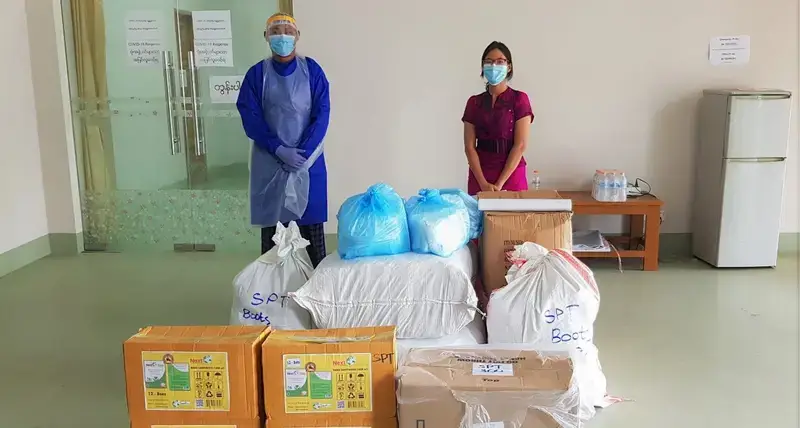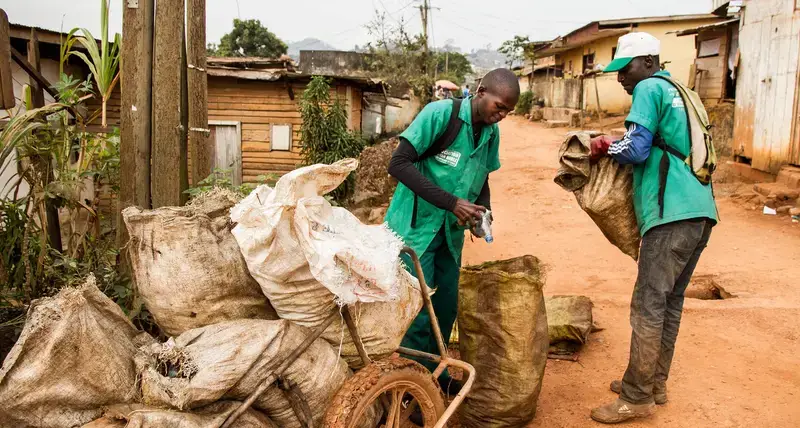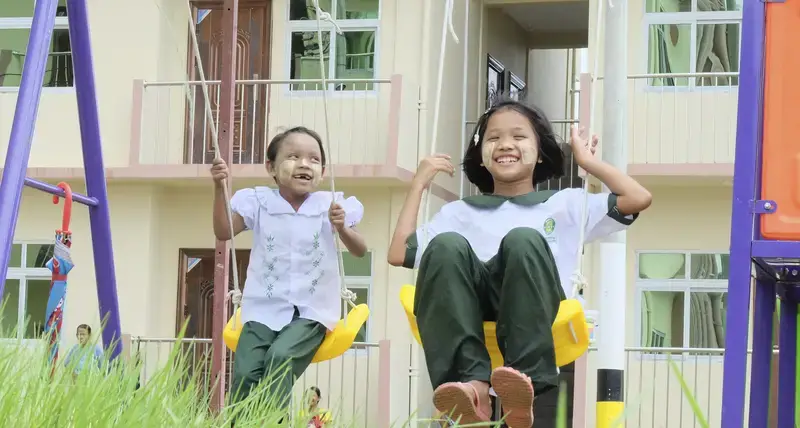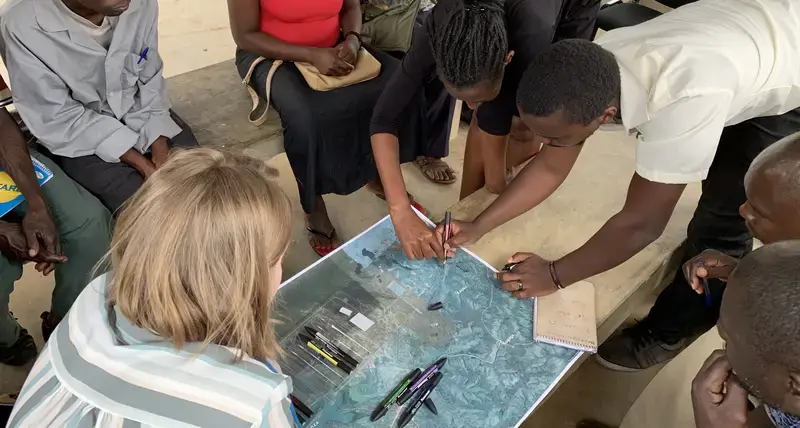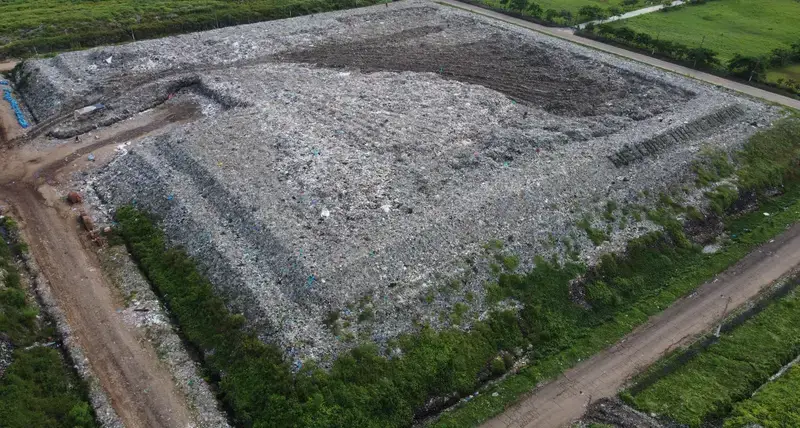UN-Habitat has been supporting the People and the Government of the Union of Myanmar since the early 1990s through operational and normative projects. UN-Habitat’s key thematic areas of engagements range from Advocating on policy and strategy development, Urban Planning and Management, Land Administration and Management, Improving human settlements and Rebuilding communities, Urban Research and Poverty Reduction, Disaster risk management and Environment, Building Resilience and Climate Change.
Impact
Urban numbers
Challenges
Due to the recent economic and political liberalization in Myanmar, the rate of urbanization majorly in the two urban agglomerations Yangon and Mandalay are expected to increase from 15.4 million (30% of the total population) in 2014 to 18.8 million to 2030. This poses economic and spatial development challenges such as solid waste management, informal settlements sprawling, traffic management that stand at a crucial period and negligence on this aspect of Urban Development can increase and worsen the challenges of urbanization for the future.
These challenges include, the rapid growth of a number of informal settlements due to the prolonged undersupply of housing, loosely bound urban legislation and administrative framework, need for improved land management, improper management, and provision of municipal services, intensified environment, and climate change issues.
In order to answer these challenges of urbanization and to capitalize on its opportunities, UN-Habitat assists and engages with a range of ministries to support Myanmar in overcoming and planning for a sustainable and inclusive future for all through urban policy and planning that reaches beyond the traditional city- scale.
Country Beneficiaries
Donors and partners
UN-Habitat is providing technical assistance on issues related to the Habitat Agenda to its partners in Myanmar including the Ministry of Construction, Ministry of Social Welfare, Relief and Resettlement, Ministry of Agriculture, Livestock and Irrigation, Ministry of Natural Resources and Environmental Conservation. Reports are presented to line Ministries and Departments on monthly basis, and attendance to meetings at General Administrative Department Offices, both at township and regional level.
Donors
Donors
Contact
Legacy content
- Total value of UN-Habitat investments (2008-2013): US$ 25,966,677
- Total number of UN-Habitat projects (2008-2013): 18 projects
- Main donors: USAID, the Government of Norway and the Government of Japan
- Implementing partners: government ministries and community development councils; local and international NGOs such as IFRC; other UN agencies such as UNDP and UNICEF
UN-Habitat established a presence in Myanmar in the early 1990’s through 2004 during which time the agency pioneered the “People’s Process” by establishing the first community led projects in the Dry Zone, Shan State and the Delta. The agency also extended substantive assistance for the design of the Human Development Initiative (HDI) for UNDP and has partnered in implementation of HDI 1, HDI 2 and HDI 3.
General information
Today UN-Habitat continues to implement several normative and operational activities focusing on four thematic areas:
- Participatory urban planning, management and governance
- Pro-poor land, housing, and tenure
- Improving human settlements and enabling seamless recovery
- Environment, DRR and climate change. Myanmar, with the installation of the new government in 2011, is undergoing rapid transformation, providing tremendous hope for economic development among its citizen. The central government is making serious attempts to reduce poverty, initiate inclusive rural development and to address the impending urbanization of the country
UN-Habitat is currently supporting the Government of the Union of Myanmar through operational and normative projects and it has activities in several townships across the country. In 2012 and 2013, UN-Habitat intensified its support in normative areas through technical assistance to several ministries and stakeholders in policy and strategy development and training in the areas of Urban Planning and Management, National Building Codes Development, Urban/Land Use Planning Guidelines, City Development Strategy, Training and Capacity Building, National Housing Policy Formulation, Land Administration and Management, Urban Research and Poverty Reduction, Disaster Management Training Center, State of the Environment Report, Long Term Restoration and Conservation Plan of Inlay Lake, and Myanmar Climate Change Alliance Project. To date UN-Habitat has over 250 staff, both international and national.
Myanmar is the largest country in mainland Southeast Asia (676,577 square kilometers). The country’s population is estimated at 61.1 million (2012). A comprehensive Myanmar Population and Housing census is planned for March 2014 – the first census in 30 years.
Myanmar has maintained GDP growth at around 5 percent annually in recent years and has seen improving trends in poverty-related indicators. The country has further growth potential, with its rich variety of natural resources, a rich and diversified agricultural base and open access to sea. Favorably located between South and East Asia, Myanmar has access to the fast growing economies of China and India, together with access to ASEAN countries.
Myanmar is one of the least developed countries in Asia, but it stands on the threshold of fundamental political, economic and social change. Despite economic growth, issues of equity and poverty continue to be of principal concern. While there are encouraging trends in terms of poverty reduction, the country remains well behind its neighbors in the region – ranking 149 out of 168 on the Human Development Index (UNDP, 2011. Human Development Report. Sustainability and Equity: A Better Future for All. New York).
Myanmar is divided into seven states and seven regions and a capital region. In the plains are the regions of Ayeyarwady, Bago, Magway, Mandalay, Sagaing, Tanintharyi, and Yangon, where the majority of the population is of Bamar ethnicity. The states of Chin, Kachin, Kayah, Kayin, Mon, Rakhine, and Shan are located in the upland areas and are largely populated by non-Bamar ethnic groups.
Each state and region is diverse in terms of its people, languages and culture. Ethnic and sectarian conflicts have flared up from time to time in some regions. As part of the reform, a peace process has been underway in an attempt to resolve these issues and its cause.
Due to its geophysical location, Myanmar is prone to range of natural hazards as well as long term climate change impacts. While natural hazards are part of environment, disaster risks are intrinsically linked to development. Myanmar ranks among one of the high risk countries to natural hazards due to degree of vulnerability to natural hazards.
Impacts of climate change are already being felt in terms of changes in weather patterns and in future it may exacerbate disaster risks. Cyclone Nargis (2008) was the worst natural disaster in the history of Myanmar, and the most devastating cyclone to strike Asia since 1991. Some 2.4 million people were severely affected by the cyclone; in addition to the tragic loss of life, an estimated 138,000 people were killed.
Contacts
United Nations Human Settlements Programme (UN-Habitat)
No.6, Natmauk Road
Yangon, Myanmar
Tel: (95-1) 542 910 – 919 Ext. 104
Fax: (95-1) 544 531, 545 634, 430 628
Email: un.habitat.mya@gmail.com
desk@unhabitat-mya.org
